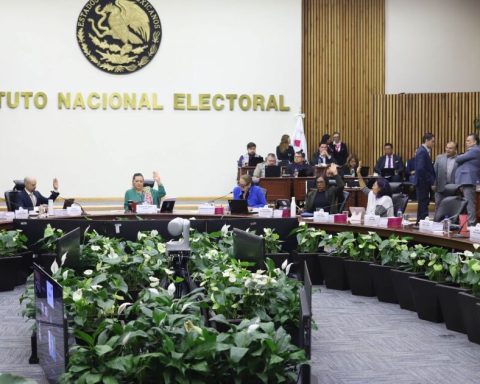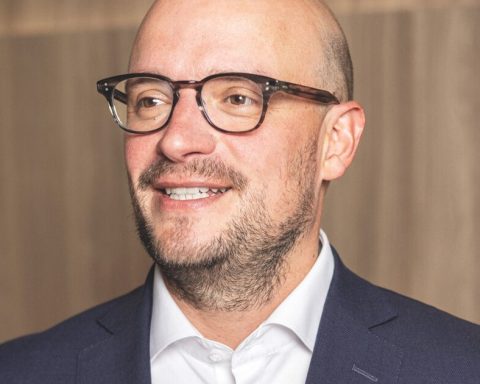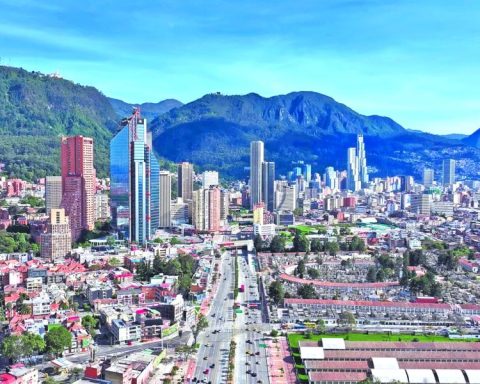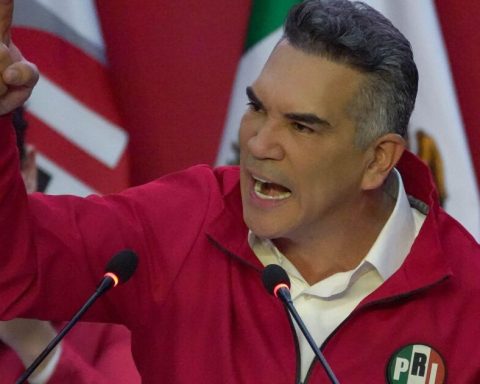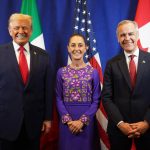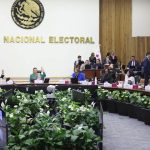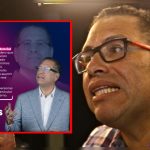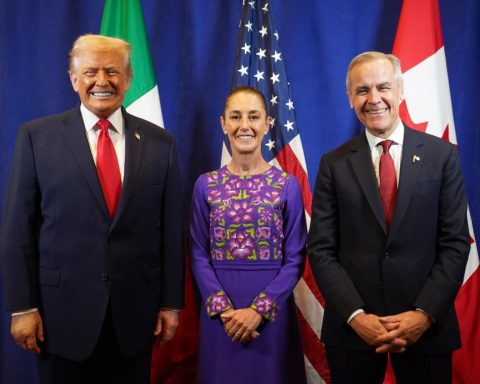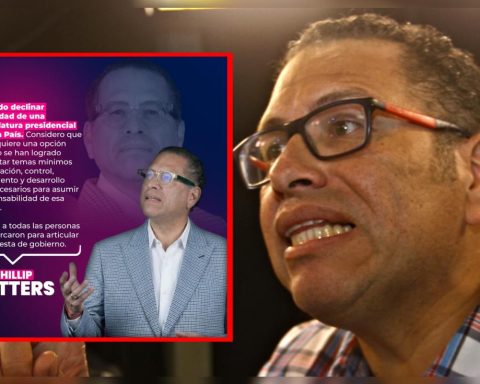TO
nine years of his election as pontiff, Pope Bergoglio publishes the long-awaited reform of the Roman curia, a text that responds to the pontiff’s bold commitment.
On March 19, he signed the apostolic constitution called praedicate evangelium ( Preach the gospel). There he outlines a revolution for the Church. The reform reorganizes the functions and ordinances of the government of the Church, to which for the first time the laity will also be able to join. The reform will take effect on June 5 and replaces the previous one Bonus Shepherd, enacted in 1988 by Pope John Paul II.
The reform goes beyond curbing the Roman curia, marked by privileges and corruption. The title of the new constitution is indicative: Preach the gospel. That is, the Church is evangelizing or not. The reform of central government structures will underpin that dimension. It is the reconversion of the power structure in the light of new missionary priorities. We see it from the first part of the text, centered on evangelization and mission and calling for missionary conversion
.
The constitution is the culmination of a long process of studies, drafts and consensus. Mandated by voting cardinals, beginning with the pre-conclave general congregations of 2013; subsequently elaborated and completed by the so-called C9 group, created by the Argentine pontiff a few months after the beginning of his pontificate.
In the Pope’s vision, reform it is not an end in itself, but a means to give a strong impetus to evangelization; promote a more fruitful ecumenical spirit and foster a more constructive dialogue with all
.
The new priority of the Pope is determined by the critical moment that the Catholic Church is experiencing, of decline and crisis of legitimacy caused by the continuous scandals that have planetary reach.
Experts find in Francis’ pastoral commitment the spirit of the Second Vatican Council, recovering the concept of the People of God, as well as recovering the breath of synodality, and moving from words to deeds, giving lay people the opportunity to occupy high positions in the government of the Church. Francis distances himself from the imperial clericalism fostered by the pontificates of John Paul II and Benedict XVI.
Therefore, the Church is called to a missionary turn, a task that is made explicit not only with words, but with social works aimed at the most vulnerable people. This option for pastoral care becomes the cornerstone of the revolution that this reform represents. Also crossed by the reform of the Church, charity and service to the poor. I remember my learned professor Emile Poulat stipulating that, in difficult stages in the history of the Church, concepts such as mission, missionary Church, Church in a state of mission were used when it was trapped or in crisis.
In the 11 chapters and 250 articles of the new constitution the new structure of the Roman Curia is illustrated; congregations and pontifical councils give way to dicasteries led by prefects.
From a structural point of view, the most significant changes refer to the transformation of the Congregation for the Doctrine of the Faith and the Secretariat of State. The constitution promotes the creation of new dicasteries such as the one for Evangelization and the dicastery for Charity, in the perspective of the option for the poor that Francis has so often enunciated. The dicastery for evangelization will be directed directly by the Pope and will have two pro-prefects, who will deal with as many sections, heirs such as the old Propaganda Fide and the more recent Pontifical Council for the new evangelization.
The Secretariat of State is divided into three: General Affairs, Relations with the States and Pontifical Representations. It will be flanked by 16 dicasteries: for Evangelization, for the Doctrine of the Faith, for the Service of Charity, for the Oriental Churches, for Divine Worship and the Discipline of the Sacraments, for the Causes of the Saints, for the Bishops , for the Clergy, for the Institutes of Consecrated Life and the Societies of Apostolic Life, for the Laity, Family and Life, for the Promotion of Christian Unity, for Interreligious Dialogue, for Culture and Education, for the Integral Human Development Service, for Legislative Texts, for Communication.
One of the great novelties of the constitution is the new role it grants to the laity. The lay faithful are called to be involved in governance responsibilities of the Church at the highest level. Francis warns that the reform of structures, to be real and effective, must be accompanied by the conversion of the interiority of the people who animate them.
There are many questions about the transition from a monarchical structure to one dedicated to supporting local churches to broaden the mission of the Church. The Pope is still the factotum, the most important decisions pass through his office.
It seems that new winds could refresh the old and moth-eaten papal apparatus to generate an unprecedented behavior in the Church. The pastoral breath inspires new routes and can distance the attitude of condemnation and blaming that the Church makes of certain behaviors in society. Go to the peripheries, accompany the vulnerable, dignify the discarded. An advent of news is expected.

